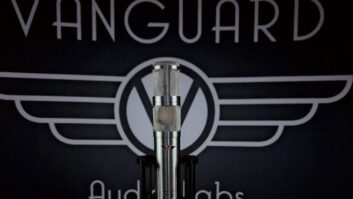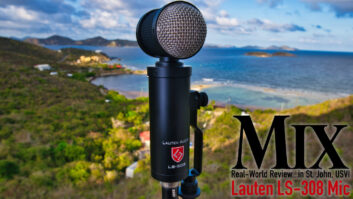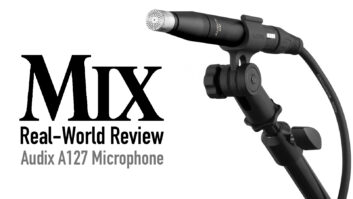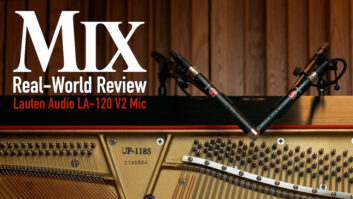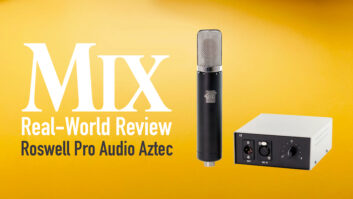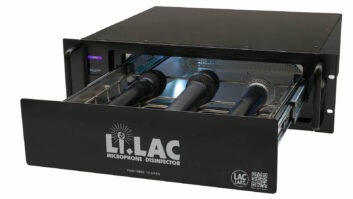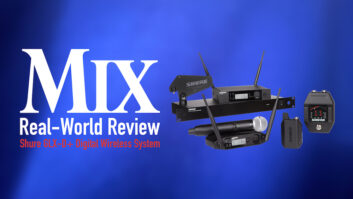The various subjective comments of our reviewers in the January 2010 microphone issue of Pro Audio Review led me to ponder the question: Is there a perfect microphone? Transducer technology has certainly come a long way over the past several decades, with more transparent mics, handling greater dynamic range than in the past, including a number of quality options at ever more “popular” price points. But have we achieved perfection? Likely not (though a couple of our reviewers make bold claims for some of the devices reviewed in the January issue).

Transducers are indeed better than ever, be the elements ribbons, conventional dynamic designs or condenser mics. The internal electronics of modern mics have benefited from technical progress (while at the same time many chase the allure of the legendary mics of old with approaches like incorporating NOS tube preamp stages). The performance obtainable by today’s microphones is light years beyond that of the original crystal mics. That said, the capture capabilities of microphones are not the same as our ears. And then there’s the fact that we judge the performance of microphones through yet another set of transducers—loudspeakers of various ilk and headphones. Arguably, speaker technology (though, again, better than ever) is less advanced than microphone technology, yet that stage of the reproduction chain can hardly be avoided until we all get USB7-to-brain implants in our heads.
Perhaps the question is wrong. Maybe it should be, “Do we want perfect microphones?” Given the way we apply microphones in their various applications, the answer I’d give is “Probably not.”
Today’s engineer has more microphone options than they would have dreamed possible a few short years ago. For them that can afford to outfit their studios with a range of these options, it’s a dream come true. Especially in digital recording, where, when done right, the storage medium is neutral to the source, engineers are embracing their various choices as the starting point in tailoring the sound of their recordings.
The analogy of a painter’s palette is often used to describe a collection of available microphones. As a painter chooses colors with which to create their art, an engineer can choose microphones of differing character to create a sonic landscape. Some of these choices are made based upon the recordings of yesteryear—if we hadn’t become used to the way a snare drum sounds when miked with an SM57, if we hadn’t developed an attachment to that particular sound, would we reach for them so often for that application?
But, as artistic styles have ebbed and flowed over time, sonic tastes are not static. Listening to today’s recordings, while there are plenty of traditional sonic choices being made, there are also plenty of non-traditional choices being made, sometimes including such bold feats as actually trying to capture the snare sound one hears directly from the kit.
For the recording engineer, microphones can become something of an addiction. For mic junkies, the January issue and the PAR archives have a number of opportunities to get a fix.
